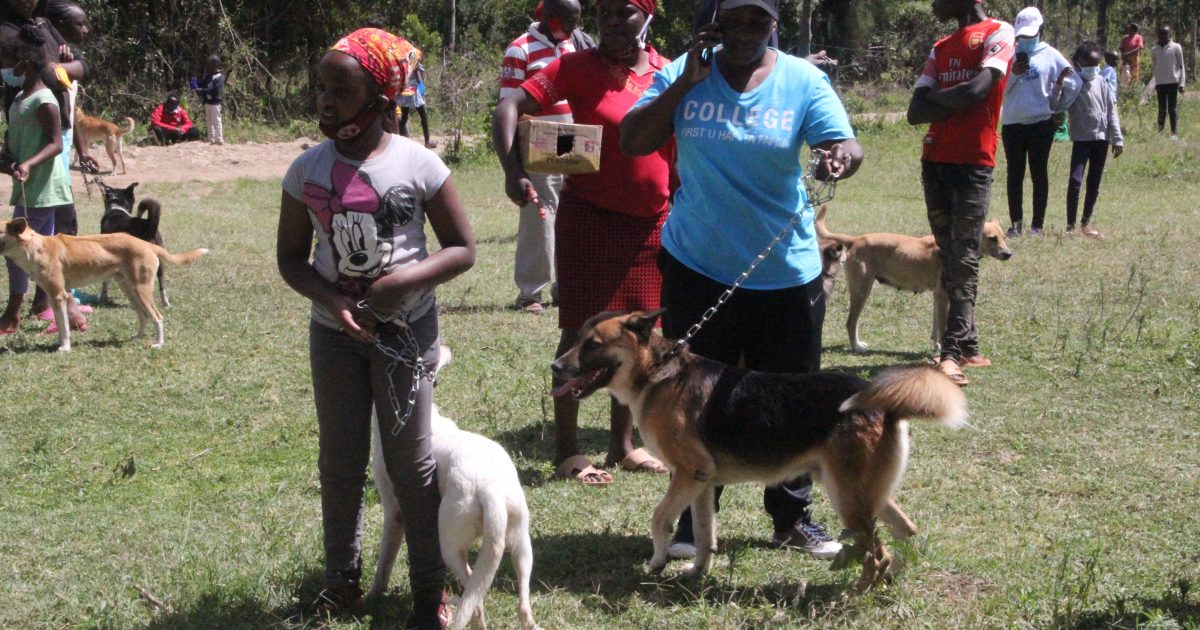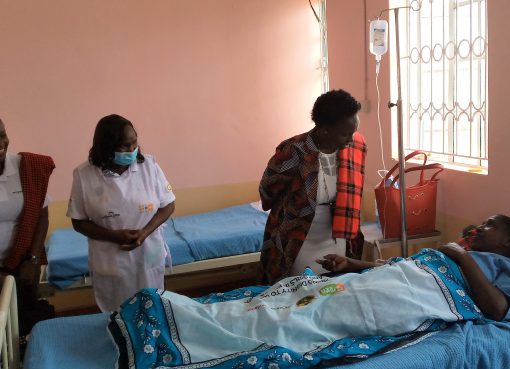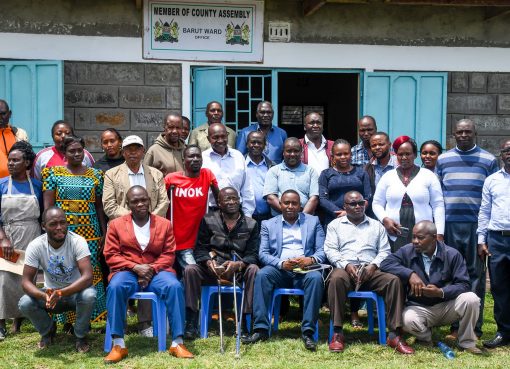Laikipia county government has launched a mass vaccination of dogs and cats against rabies in the area.
The exercise launched on Thursday is expected to vaccinate 20,000 animals in the entire county as a way of guarding against the spread of the deadly disease from animals to humans.
Laikipia County acting chief of staff for agriculture James Mungere while launching the annual exercise at Nkando village said that the county administration had partnered with Mpala Research Centre in conducting the exercise that is carried out for free.
“As a county, we have provided the vaccines while Mpala Research Centre has brought in technical expertise and veterinarians who are carrying out the vaccinations,” Mungere said.
He added that the vaccination exercise that has coincided with the Centenary celebrations for Nanyuki town would be carried out for a period of eight weeks in the entire county.

The acting Chief Officer added that the county was keen on eradicating the disease and progress to zero human deaths from dog mediated rabies by the year 2030 as per the World Health Organization (WHO) recommendations.
County Director of Veterinary Services Dr. Peter Mwai said that rabies vaccination in the county started in the year 2015, adding that so far 42, 964 vaccinations against the disease have been carried out.
Dr. Mwai further said that cases of a rabies outbreak in the county were minimal but added that the vaccinations would continue to be administered annually until such a time the disease will be completely eradicated.
“Normally, the domestic dog is the one that transmits the disease to humans, so if we can attain 100 percent vaccination of the dogs, then we can eradicate the dog mediated rabies,” Dr. Mwai said.
According to WHO, about 2,000 people die of rabies in Kenya every year. Children under the age of 15 and communities in remote rural areas are at the highest risk.
The disease is transmitted through the saliva of infected mammals, usually through a bite. Once contracted it has almost 100 percent fatality rate in humans.
By Martin Munyi





